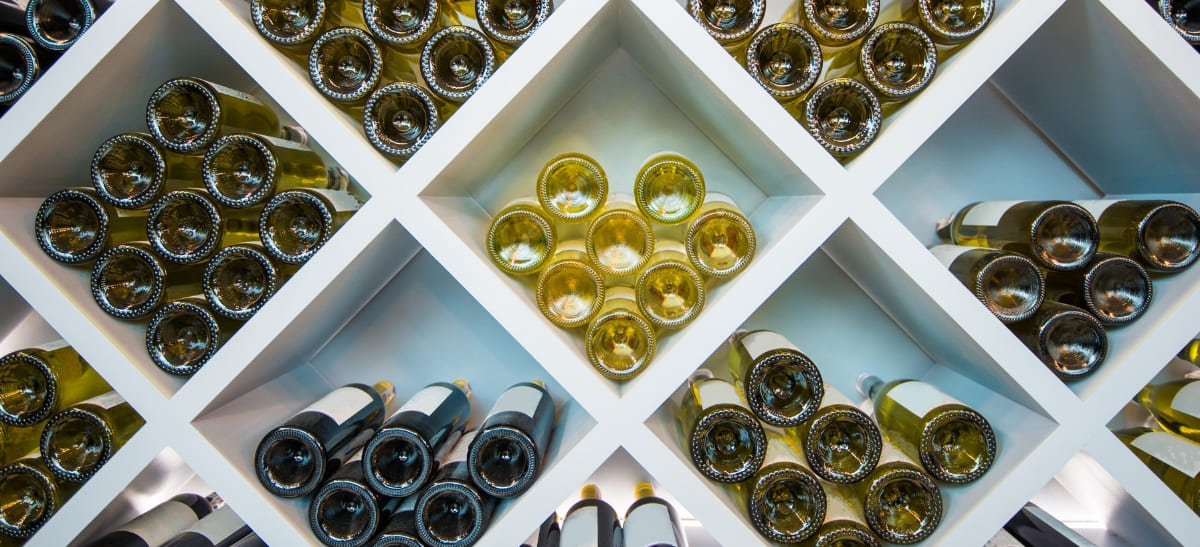Early Bird
Deadline
January 31, 2026
Judging
Date
May 18, 2026
Winners
Announced
June 10, 2026

Getting distribution for wines in restaurants or bars should be the goal of any winery or wine brand. Unfortunately, the entire process can seem arcane at times. What’s needed for wine distribution success is a focused, step-by-step approach. Here’s a guide to 7 tips for boosting your wine distribution in restaurants.
There are many different distribution targets for your wines. For example, there are fast-casual restaurants. There are also small, family-owned restaurants that might cater to a specific niche or demographic. And then there are the big, national chains that focus on fine dining experiences. Being able to segment the overall distribution market and then figure out where you fit in this overall picture is key.
It’s also worth noting that certain restaurants are naturally going to be a better fit your wines than others. Italian restaurants are going to make a good match for Tuscan wines in your portfolio. Steak restaurants are going to make a good match for Cabernet Sauvignon wines. For example, say that you trying to gain distribution for Spanish wines. American fast-casual chains are probably not looking for a wine from Rioja - but a Mexican chain restaurant might be.
Wine distribution in restaurants is really about helping your restaurant partner maximize its return on investment (ROI) on any wine purchases. Thus, at the outset, you will have to determine whether wines you are selling work better for by-the-glass or by-the-bottle sales. As a general rule of thumb, then, you should prepare price lists for your wines, showing potential buyers the suggested pricing for your wines on both a by-the-glass (BTG) and by-the-bottle (BTB) basis. Restaurants have their own calculations related to price markups for glasses and bottles, as well as estimates for pour costs. As long as you can show that restaurants will be making the desired profit margins on your wines, you can have success by selling wines to restaurants.
Too many distributors make the mistake of pitching their wines only at certain times of the year, usually when they have a down period in their own selling cycles. But the reality is that restaurants are rotating their wine lists throughout the year, and you really have to commit to a year-round distribution strategy. When restaurants are ready for a new rotation, you need to be ready. And keep in mind, too, that the end of the year is typically a time when many restaurants have already closed the books on new wine sales and are focused on making the most of their busy holiday season.
Stories are the key to bringing your wine brand alive. While stories about a winery being passed down for a generation to generation certainly have their share of appeal, what works better are stories that help to tell a narrative about what your wines stand for. These days, wines are brands much like any other consumer goods, and everything about a bottle of wine helps to tell the brand story - including the label and closure of the bottle. So be prepared with stories that explain why restaurants should be buying your wines. If there are local ties to the region, for example, be sure to bring this up, as many restaurants are looking for ways to highlight local winemakers and regional success stories.
Most likely, if a wine has a strong brand story to support it, then it also has a strong base of support from consumers. The easiest way to demonstrate this is via social media, where it can make a very persuasive case if you can show that your wine brand has tens of thousands of followers on Facebook or Instagram, or if you can show that people are actively talking about the winemaker behind your brand. The logic is simple: restaurants are in the business of selling bottles of wine, and everything that you can do to “prove” grassroots support is going to give them plenty of confidence in your wine as one that will perform well once it’s added to the wine list.
One way to stand out from your competitors is being able to offer extra training and education around your wines. For example, if you are able to offer staff tastings, it will go a long way towards convincing restaurants that you are really viewing the relationship as a partnership. Restaurants, with the exception of large, national chains, typically have limited resources when it comes to staff training and education. There are plenty of incentives, too, that you can use to sweeten the deal, including free bottles or magnums.
There are several different distribution strategies for wines, but perhaps the one that is most popular is choosing one large city or metropolitan area, and then working outwards in concentric circles, as you cover more and more ground. For example, let’s say that you choose New York City as a prime target market. You might choose to start in midtown Manhattan, and then steadily work outwards, covering part of the Upper East Side and Upper West Side as you work uptown, and then Greenwich Village and SoHo as you work downtown. The idea is to consolidate your presence in one area before steadily expanding further. This helps to prevent a scattershot approach to distribution.
Many small wineries start off handling distribution by themselves. That might make sense at first when you first starting to gain sales traction for your wines. However, as the geographic scope of your distribution begins to expand, you will need to handle a representative who can handle distribution for you. But choose wisely – after all, there is nobody who knows as much about your wines as you do, and nobody who is more passionate and vested in getting wine distribution in restaurants as you are.
Enter your Wines now and get in front of top Sommeliers, Wine Directors, and On-Premise Wine Buyers of USA.
